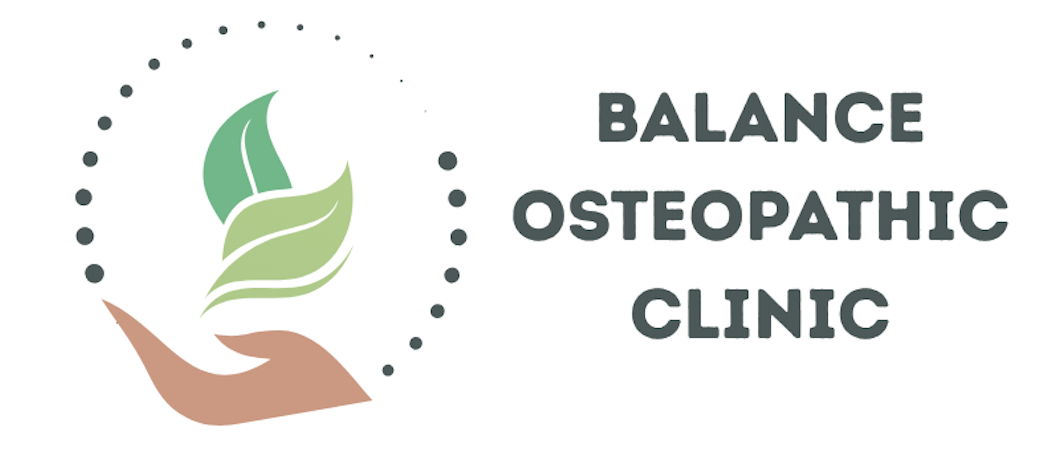Feeling It in the Body
When we talk about mental health, we often focus on the mind—thoughts, moods, and behavior patterns. But what if much of our emotional pain isn’t just “in our head,” but also stored in our bodies?
If you’ve ever felt anxiety as tightness in your chest, heartbreak as an ache in your throat, or grief as a deep, heavy fatigue, then you’ve already experienced what many trauma-informed therapists and body-based practitioners understand deeply: our emotions live in the body. And sometimes, true healing starts not by talking, but by listening to what the body is trying to say.
Embodied Emotional Pain: What It Really Means
Embodied emotional pain refers to the physical ways our nervous system holds onto stress, trauma, and unprocessed emotions. This can show up as chronic tension in the muscles, headaches, digestive issues, fatigue, or even sensations of numbness or disconnection. Often, these symptoms don’t resolve through mental effort alone because they aren’t purely psychological—they’re deeply physiological.
Our bodies are not passive containers for stress; they are active participants in our emotional lives. They carry the imprint of our experiences, both painful and joyful. In this light, physical symptoms can be viewed not just as problems to fix, but as signals—clues to how our system is trying to protect, adapt, or make sense of the world.
Why “Top-Down” Isn’t Always Enough
Traditional mental health care often relies on what’s called a “top-down” approach, where interventions begin with the mind—using therapy, medication, or cognitive techniques to change thought patterns and behaviors. For many people, these approaches are helpful and essential. But for others, especially those carrying deep stress or trauma, talking about emotions doesn’t always shift how those emotions live in the body.
You might understand your patterns intellectually—why you get anxious in certain situations, why you shut down or overextend—but still feel stuck. That’s because awareness doesn’t always translate to change when the body is in a state of survival or overwhelm. Bottom-up approaches, which begin with the body, offer a different route to healing.
The Role of Bottom-Up Therapies: OMT and Craniosacral Therapy
One of the most effective bottom-up therapies is Osteopathic Manipulative Treatment (OMT). Provided by osteopathic physicians (DOs), OMT uses skilled, hands-on techniques to assess and gently release restrictions in the body’s structure, such as muscles, fascia, joints, and fluid systems. While often associated with physical alignment, OMT goes beyond biomechanics. It can also help unwind emotional and nervous system tension that has taken root in the body. By restoring healthy movement and improving circulation, OMT supports the body’s natural ability to regulate itself. Emotional holding patterns—like jaw clenching, guarded posture, or shallow breathing—can start to soften when the body is given the chance to release.
Craniosacral Therapy (CST) is a form of OMT, and providing a deeply calming approach to the craniosacral system: the membranes and cerebrospinal fluid surrounding the brain and spinal cord. Using light touch, practitioners help the body release deep layers of tension and facilitate balance in the nervous system. CST is particularly helpful for those dealing with anxiety, trauma, migraines, TMJ dysfunction, and chronic stress. What makes CST unique is the emphasis on listening rather than fixing. Clients often describe a sense of deep safety or emotional clarity—not necessarily from talking, but simply from being held in stillness and care.
Why This Matters for Mental Health
When emotional pain is held in the body, the body must be part of the healing process. Bottom-up therapies like OMT and CST create space for the nervous system to regulate, for tissues to release their grip, and for a felt sense of safety to return. These approaches don’t just treat symptoms—they help rebuild the connection between body and mind.
This work can also change the narrative around mental health. Instead of asking, “What’s wrong with me?” a body-centered approach invites the question, “What has my body been holding onto—and how has it been trying to protect me?” That shift alone can be profoundly healing.
A More Integrated Approach
Mental health is not separate from physical health. Our systems—nervous, immune, musculoskeletal—are in constant communication. When the body is overwhelmed, the mind struggles. When the body finds ease, clarity often follows. That’s why an integrated approach, one that includes body-based care alongside traditional therapies, can be so effective—especially for those who feel like they’ve tried everything and still feel stuck.
At Balance Osteopathic Clinic, we believe healing begins in relationship: with your body, with your breath, and with the rhythms that make you feel most alive. Whether you're navigating chronic stress, recovering from trauma, or simply trying to reconnect with yourself, hands-on therapies like OMT and Craniosacral Therapy can help support your mental and emotional well-being from the inside out.
Ready to explore a new way of healing?
We’d love to support you. Reach out to learn more about how body-centered care can become a meaningful part of your mental health journey.
